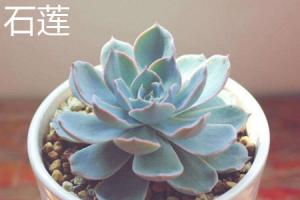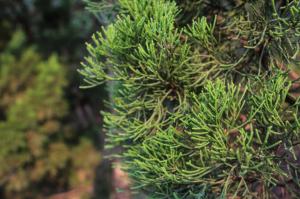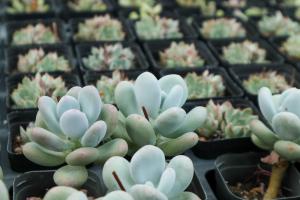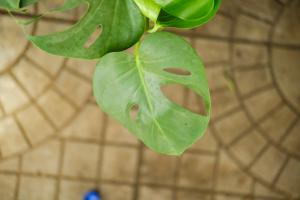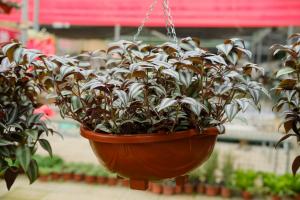Why Are My Potted Tomato Plants Leaves Turning Yellow?
Tomatoes are one of the most commonly grown vegetables in home gardens, and potted tomato plants are a great option for those without access to outdoor garden space. However, yellowing leaves on potted tomato plants can be a cause for concern. In this article, we will explore the reasons why potted tomato plants' leaves turn yellow and what you can do to prevent it.
1. Lack of Water
One common reason for yellowing leaves on potted tomato plants is a lack of water. Tomatoes require consistent moisture to thrive, and potted plants are particularly susceptible to drying out quickly. Be sure to check your tomato plants frequently and water them deeply when the top inch of soil feels dry to the touch. However, over-watering can be just as detrimental as under-watering, so it's important to strike a balance.
2. Nutrient Deficiencies
Yellowing leaves on potted tomato plants can also be a sign of nutrient deficiencies. Tomatoes require a variety of nutrients to grow, including nitrogen, phosphorus, and potassium. If your soil is lacking in these nutrients, your plant may exhibit signs of yellowing leaves. Consider adding a balanced fertilizer designed specifically for tomato plants to address any nutrient deficiencies.
3. Pests and Diseases
Pests and diseases can also cause yellowing leaves on potted tomato plants. Common tomato pests include aphids, whiteflies, and spider mites. These pests suck the sap from the leaves and cause them to yellow and curl. Additionally, diseases such as verticillium wilt, fusarium wilt, and bacterial canker can cause yellowing leaves on your tomato plant. Consider using a pesticide or fungicide to address pest or disease issues.
4. Temperature and Sunlight
Tomatoes require a specific temperature range and amount of sunlight to thrive. If your potted tomato plant is not getting enough sunlight or is exposed to excessive heat, it may exhibit signs of yellowing leaves. Be sure to place your plant in a location with adequate sunlight and monitor the temperature to ensure it remains within the optimal range for tomato growth.
5. Transplant Shock
Finally, yellowing leaves on potted tomato plants may be a result of transplant shock. When you first transplant your tomato plant into a new pot or location, it may experience stress as it adjusts to its new environment. This stress can manifest as yellowing leaves. To minimize transplant shock, be sure to water your plant thoroughly after transplanting and give it time to adjust to its new surroundings.
In conclusion, yellowing leaves on potted tomato plants can be caused by a variety of factors, including lack of water, nutrient deficiencies, pests and diseases, temperature and sunlight, and transplant shock. By carefully monitoring and addressing these issues, you can help ensure that your potted tomato plants remain healthy and productive.

 how many times do yo...
how many times do yo... how many planted tre...
how many planted tre... how many pine trees ...
how many pine trees ... how many pecan trees...
how many pecan trees... how many plants comp...
how many plants comp... how many plants can ...
how many plants can ... how many plants and ...
how many plants and ... how many pepper plan...
how many pepper plan...
